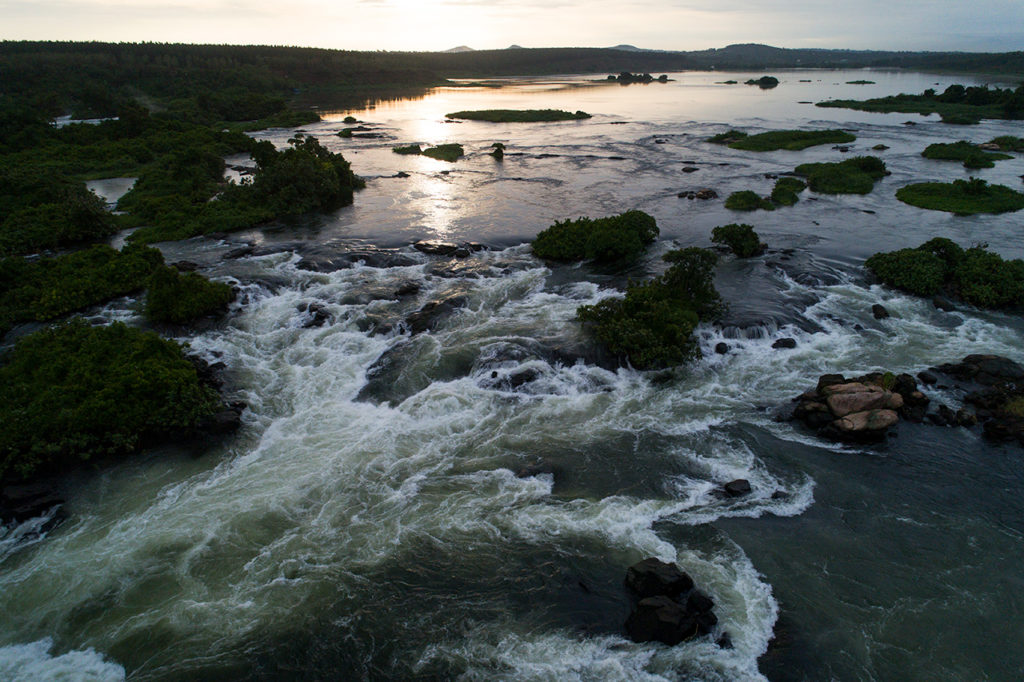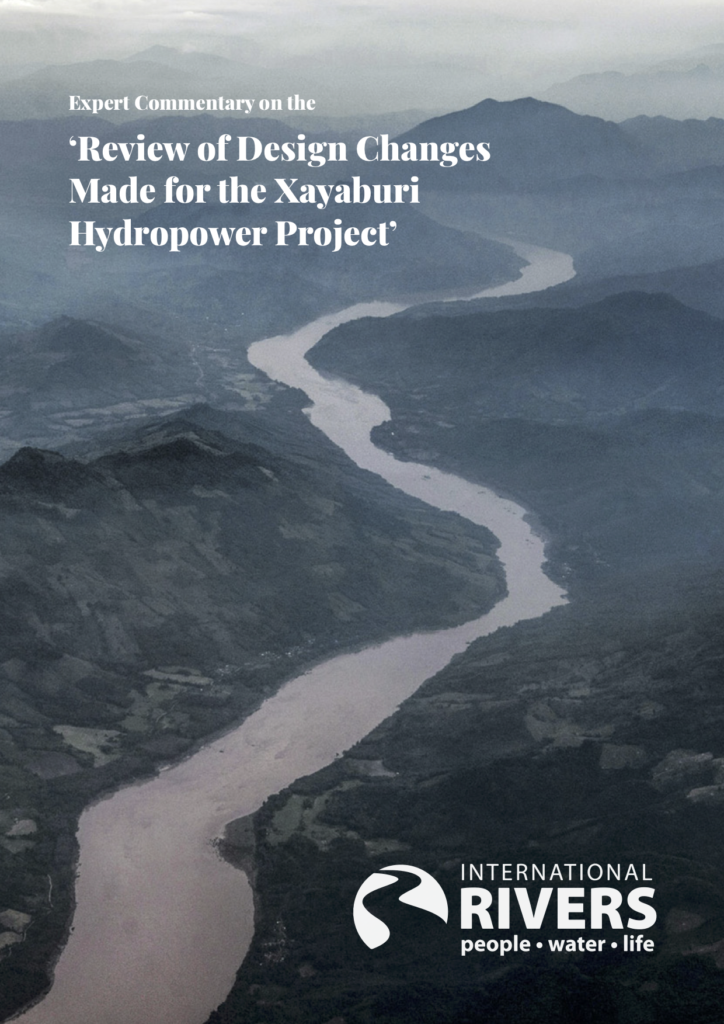Freshwater biodiversity is in a state of crisis due to large dams, water diversions and pollution.
In the last forty years, freshwater species have lost, on average, over 80% of their populations; they’re declining twice as fast as land and marine species.

Large dams fragment rivers and habitats, isolating species, interrupting the exchange of nutrients between ecosystems, and cutting off migration routes. They reduce water and sediment flows to downstream habitat, and can decimate a river’s estuary, where many of the world’s fish species spawn. Dams also increase ecosystems’ vulnerability to threats like climate change.
What We Can Do to Protect Freshwater
Free-flowing rivers are the safety net that supports our existence. To reverse the biodiversity crisis, we must stop dam-building and destructive development in biodiversity hotspots, legally protect the most biodiverse rivers from development, and decommission the planet’s most lethal dams.
Related Resources
Since 1970, the global populations of freshwater species have declined by more than 80%. Without immediate action to protect rivers, we’ll lose an immense amount of freshwater biodiversity.
Latest News
- All around success of Samana Fest 2024: Multicultural Celebration in Defense of Río Samaná
 Supported by International Rivers, Samana Fest reunited more than 2,500 people in favor of the protection of the Río Samaná Norte, the last free flowing river in the eastern region … Read more
Supported by International Rivers, Samana Fest reunited more than 2,500 people in favor of the protection of the Río Samaná Norte, the last free flowing river in the eastern region … Read more - How the Rights of Nature Movement Can Protect Rivers in Brazil
 by Flavio Montiel, International Rivers’ Brazil Manager Last month, I had the opportunity to participate in the second Brazilian Rights of Nature Forum held in Ilhéus, Brazil. The forum served … Read more
by Flavio Montiel, International Rivers’ Brazil Manager Last month, I had the opportunity to participate in the second Brazilian Rights of Nature Forum held in Ilhéus, Brazil. The forum served … Read more - The Marañón River Raises its Voice: A Historic Rights of Nature Case
 By Monti Aguirre of International Rivers and Javier Ruiz of Earth Law Center In a historic milestone for the protection of the Amazon rivers, the Marañón River in Peru has … Read more
By Monti Aguirre of International Rivers and Javier Ruiz of Earth Law Center In a historic milestone for the protection of the Amazon rivers, the Marañón River in Peru has … Read more

